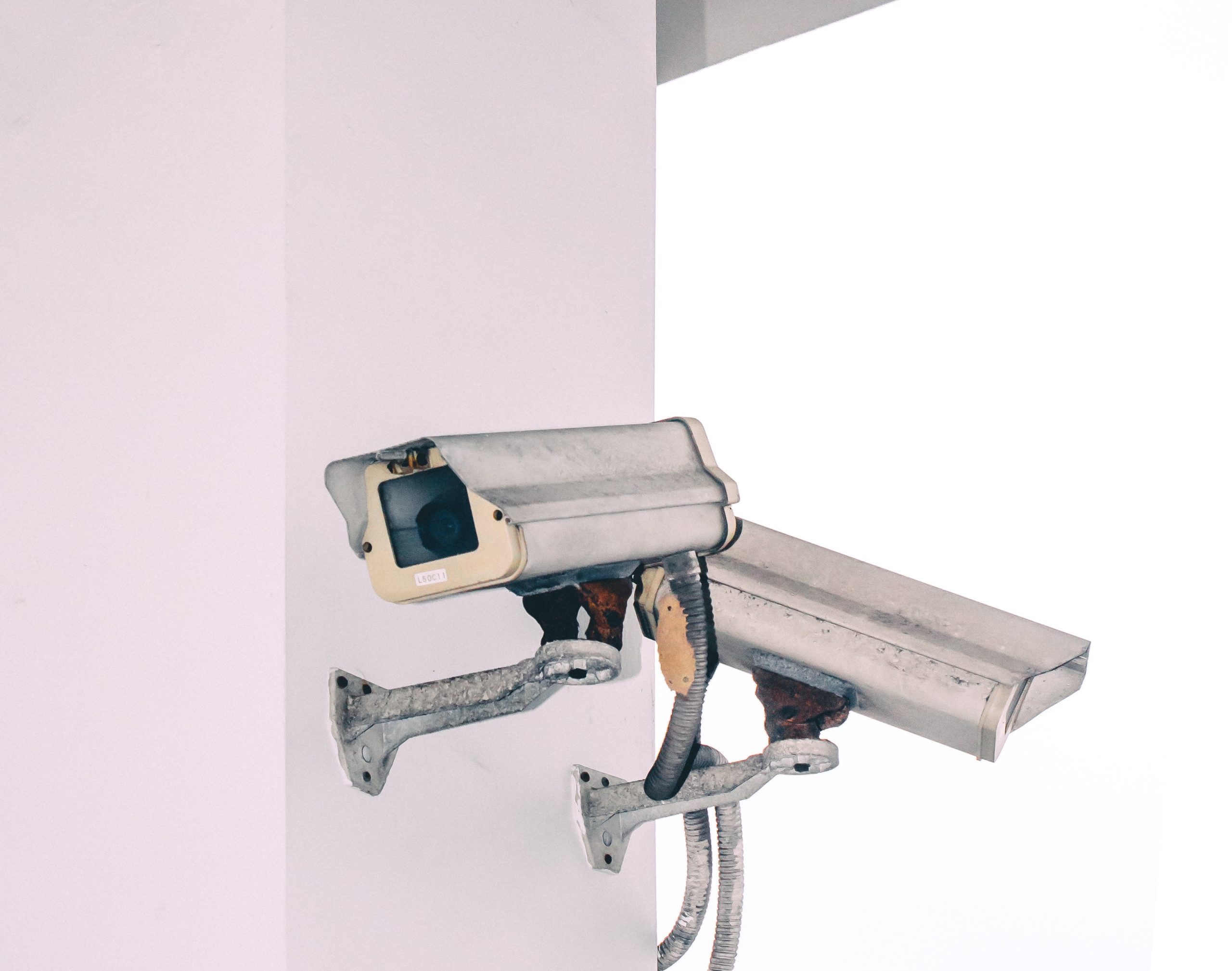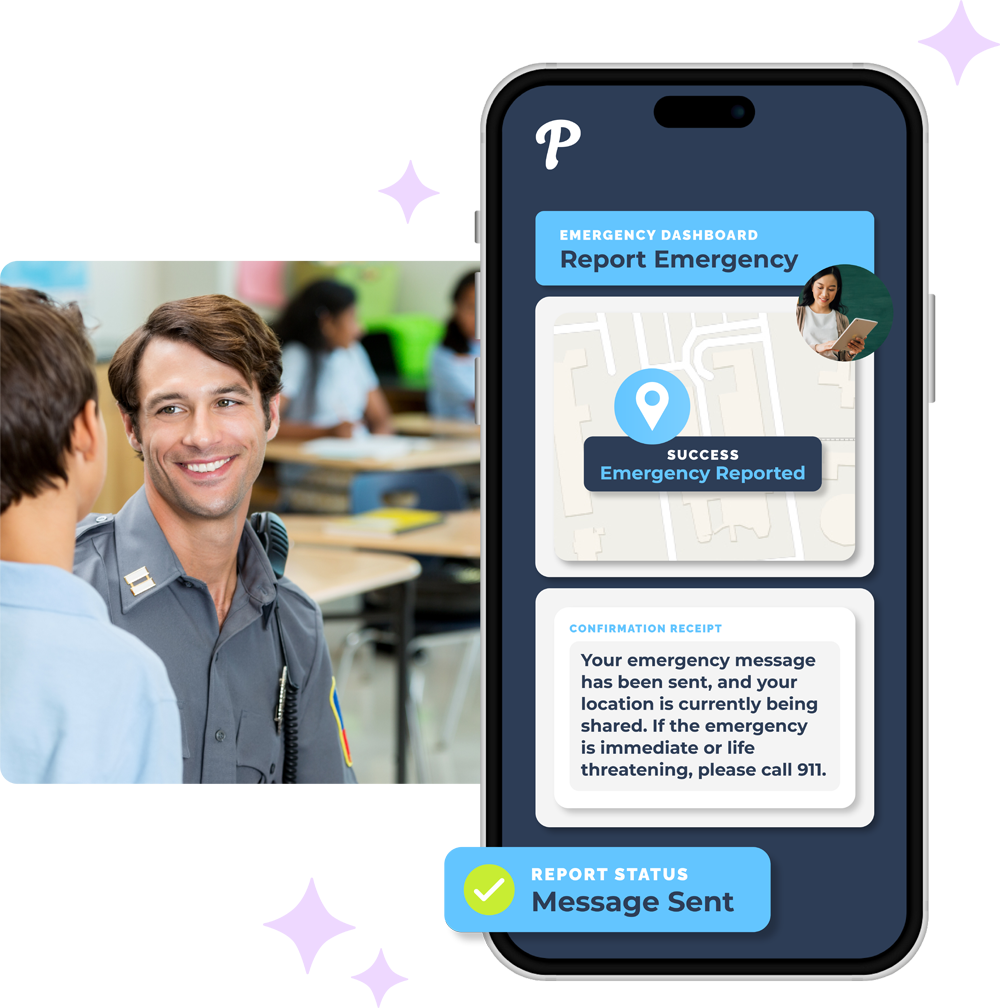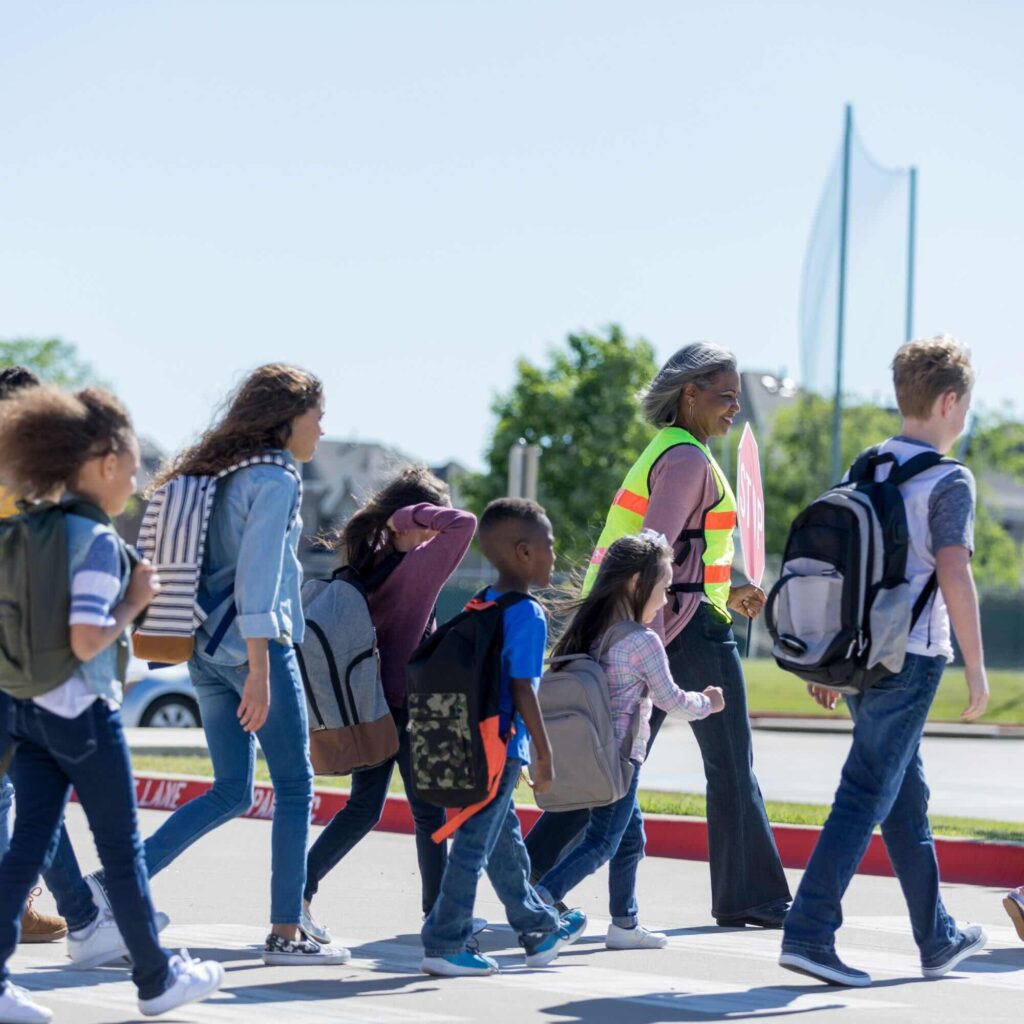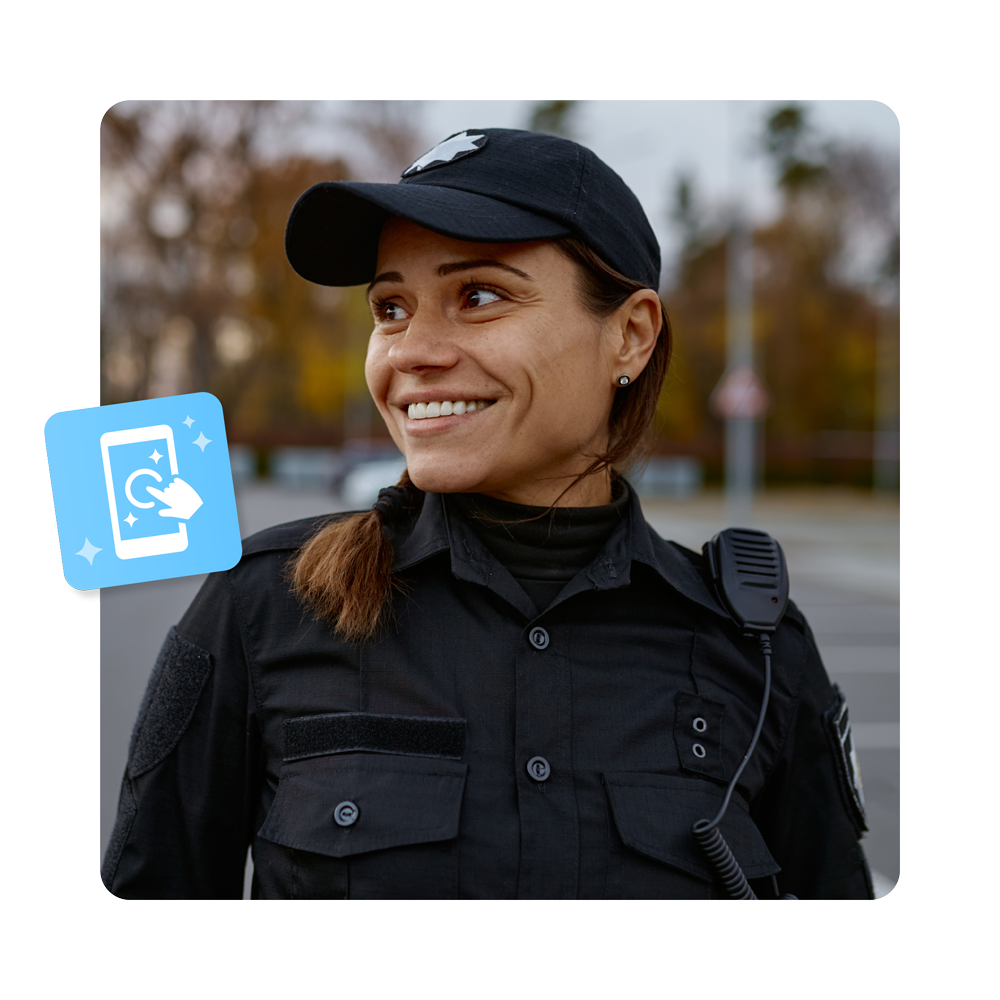In 2025, school safety conversations often focus on technology—AI cameras, digital access controls, and real-time communication platforms. These tools are essential, but we cannot forget the critical role of the human layer in keeping schools safe. Staff members, educators, and administrators serve as the first line of defense, not just passive observers of systems.
Six years ago, the nation was shaken by the story of 13-year-old Jayme Closs, abducted from her home in Barron, Wisconsin. Her abductor later told police he targeted her after watching her board a school bus. This tragedy reminds us that school safety doesn’t start with equipment—it starts with awareness and human connection.
Jayme’s story ended in rescue, but her trauma—and the circumstances that allowed it—sparked a national conversation about student safety. Her experience reinforces that security is more than procedures; it’s about staying observant and acting on subtle cues before threats escalate.
The Human Layer Is Still Your First Line of Defense
Technology cannot replace human judgment, instincts, or relationships. A metal detector may find a weapon, but it won’t recognize behavioral shifts. Cameras may record footage, but they won’t know when a student is unusually withdrawn, anxious, or behaving erratically.
This is where the human layer becomes irreplaceable. Teachers and staff are uniquely positioned to observe students daily and notice subtle red flags. But expecting them to act on every concern without proper tools or systems is unrealistic. The right support structure helps translate awareness into action.
Why Population Accountability Frameworks Are Critical
While many districts continue adding visible security tools—metal detectors, ID scanning, or even armed personnel—these upgrades can’t work in isolation. A complete school safety plan includes real-time population accountability, giving staff visibility into student and visitor movement throughout the day.
Modern platforms like Pikmykid allow schools to track student dismissal, monitor attendance patterns, and coordinate emergency responses faster. With real-time visibility, school leaders know where students are, who has picked them up, and what action needs to happen next.
How the Human Layer and Technology Work Together
When supported by the right digital tools, the human layer becomes more responsive and empowered. For example, if a teacher notices unusual behavior, they can report it in seconds through a secure app. That alert reaches the appropriate administrators, prompting an immediate check-in or follow-up.
During emergencies, digital tools help coordinate lockdowns, track student locations, and trigger alerts to staff and families in real time. The goal isn’t to replace humans but to enhance their effectiveness with speed, clarity, and structure.
Dismissal as a Safety and Communication Weak Point
Dismissal may feel routine, but it remains one of the most vulnerable parts of the school day. Without a structured process, confusion can lead to errors, unauthorized access, or delays during emergencies. That’s why dismissal is more than a logistics issue—it’s a security priority.
With platforms like Pikmykid, schools manage carline pickups, student release, and real-time notifications through a single dashboard. Parents know when and where to pick up. Staff know who has been dismissed. Administrators maintain control over the entire process, improving communication and reducing risk.
Preparedness Is the Foundation of Real Safety
Schools that respond well during emergencies aren’t necessarily the most high-tech—they’re the most prepared. Preparation includes trained staff, tested protocols, and systems that reinforce human action with useful data.
This mindset applies to both large-scale crises and everyday incidents like illness, custody conflicts, or unexpected visitors. With a human-first approach, schools respond more quickly and maintain calm across the campus. Technology should support this structure, not distract from it.
Real-World Impact of Human-Layer Security Systems
Districts that have embraced human-first security strategies see fewer communication breakdowns and improved crisis response. Parents are more confident in school procedures. Teachers feel better supported. Most importantly, students are safer—and that’s the ultimate goal.
These systems aren’t just helpful during active threats. They reduce daily stress, streamline operations, and strengthen a school’s ability to act with confidence. When schools pair situational awareness with real-time tools, safety becomes proactive—not reactive.
Final Thoughts: School Security Begins With People
In a world of smart badges, live cameras, and automated alerts, it’s tempting to think the tools alone will keep schools safe. But real security begins with people. The human layer—your teachers, administrators, and support staff—must remain the heart of every safety plan.
Give them systems that amplify their awareness, reduce confusion, and support quick action. Let your school community operate with confidence, not just compliance. Because when the human layer is empowered, every tool works better—and every student is safer.



